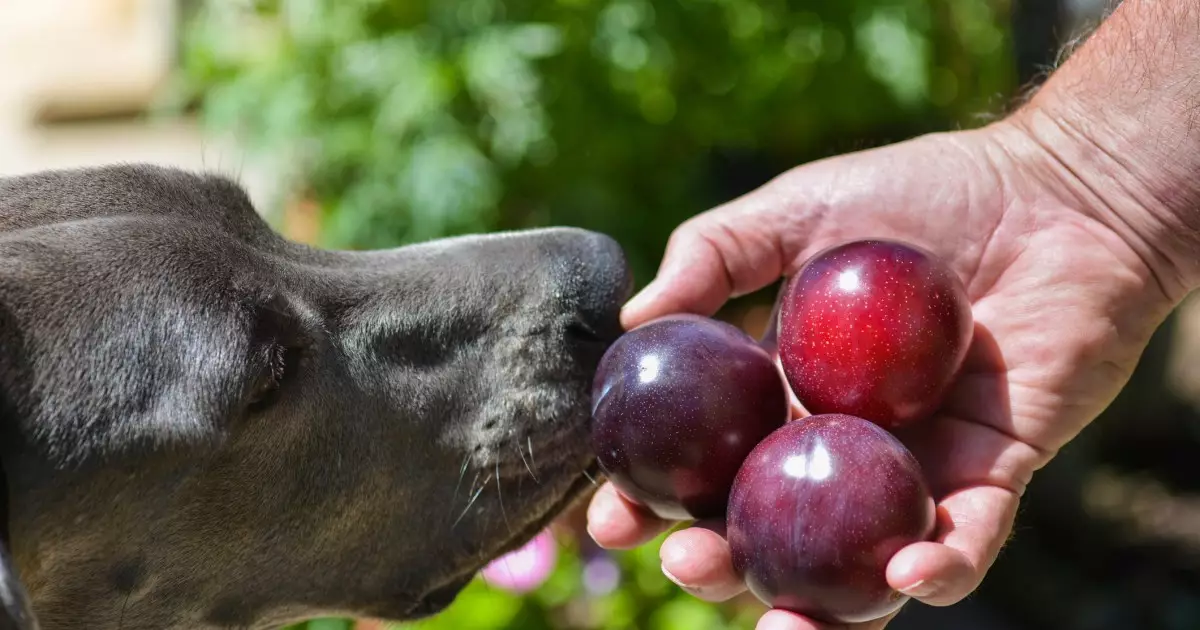When considering our furry companions and what they can safely eat, it’s crucial to be informed about which fruits can be both enjoyable and harmless. In the case of plums, a seemingly innocuous fruit, the reality is far more concerning than many dog owners may realize. While the succulent flesh of a ripe plum may look tempting, it poses significant health risks to our canine friends, primarily due to the presence of harmful compounds in other parts of the plant.
Plums, as well as their pits, stems, and leaves, contain substances like cyanide, which are toxic to dogs. Unlike humans, who generally consume only the edible part, dogs often exhibit curiosity around food, leading them to eat entire fruits, including the toxic elements. Understanding this distinction is essential—not every part of a fruit that humans can eat is safe for dogs.
The Symptoms of Plum Poisoning
It’s not just the tempting appearance of plums that can lead dogs astray; it’s also the lack of immediate symptoms that creates complacency among pet owners. If a dog consumes just the flesh of the fruit, they might evade serious consequences; however, moments of negligence could lead to dire health issues if they ingest the more toxic parts.
Common symptoms to watch for after any potential exposure include vomiting, tremors, and respiratory distress. In severe cases, cyanide poisoning can escalate to kidney failure or, tragically, death. The urgency with which a pet owner responds after such an incident can be the difference between life and death, underscoring the importance of prompt action by monitoring for signs of distress and contacting a veterinarian if necessary.
Monitoring Your Pet’s Behavior
Given the severe implications of plum toxicity, pet owners must be vigilant. If your dog has pilfered a plum or gleefully devoured parts of the plant, immediately assess the situation. Identifying the amount consumed and what parts were eaten is vital. A single bite of the flesh likely won’t lead to issues, while ingestion of the pit and other plant parts is more serious.
Moreover, enhancing your awareness about what your dog is exploring can greatly help. Preventative measures, like keeping plums and other hazardous fruits out of reach, is far less stressful than dealing with the aftermath of poisoning. Encourage safe snacking and provide dog-friendly fruits instead, such as apples or bananas, ensuring their taste buds are satisfied without compromising health.
Reassuring Action and Veterinary Intervention
In the unfortunate event of suspected plum poisoning, be quick to take action. Initial intervention may include contacting your veterinarian immediately. They may recommend inducing vomiting or other treatments, such as administering sodium nitrite, a lifesaver when addressing cyanide poisoning.
Always remember, while it may be tempting to share your meals with your furry friend, not all human foods are suitable for them. As responsible pet owners, placing their health above the desire to share our snacks is paramount. Understanding the risks associated with certain foods, like plums, is not just wise but is an act of love toward our loyal companions. Stay informed, and your dog will thank you with wagging tails and joyful barks.

